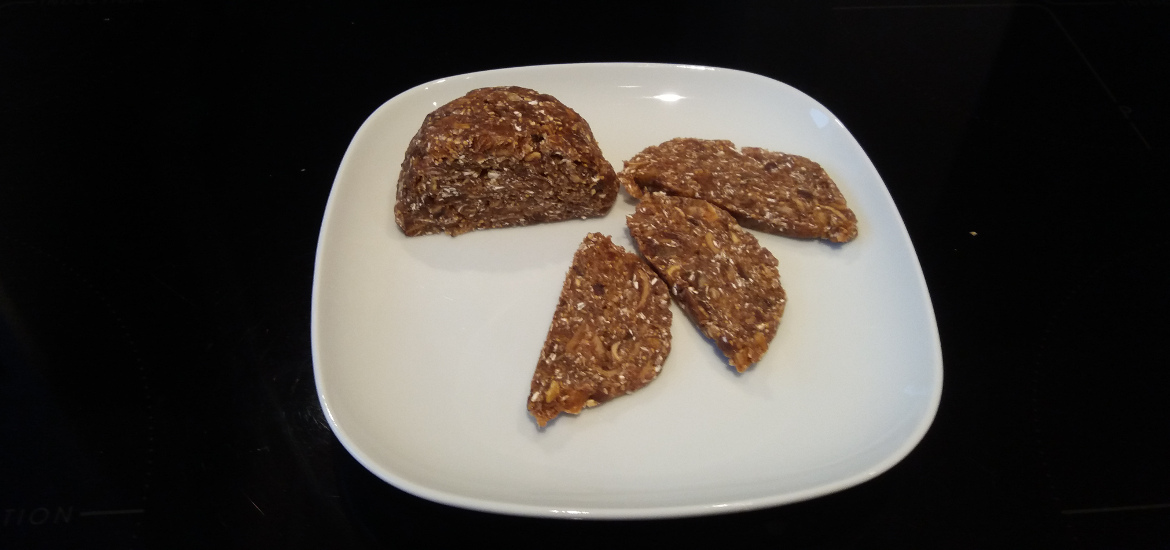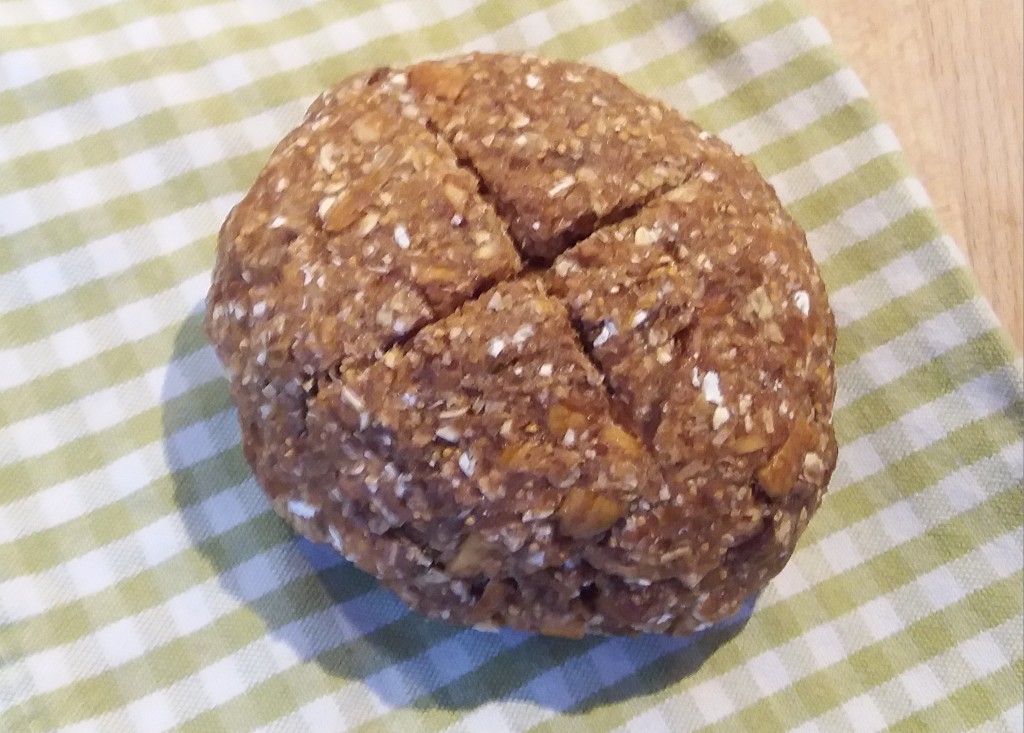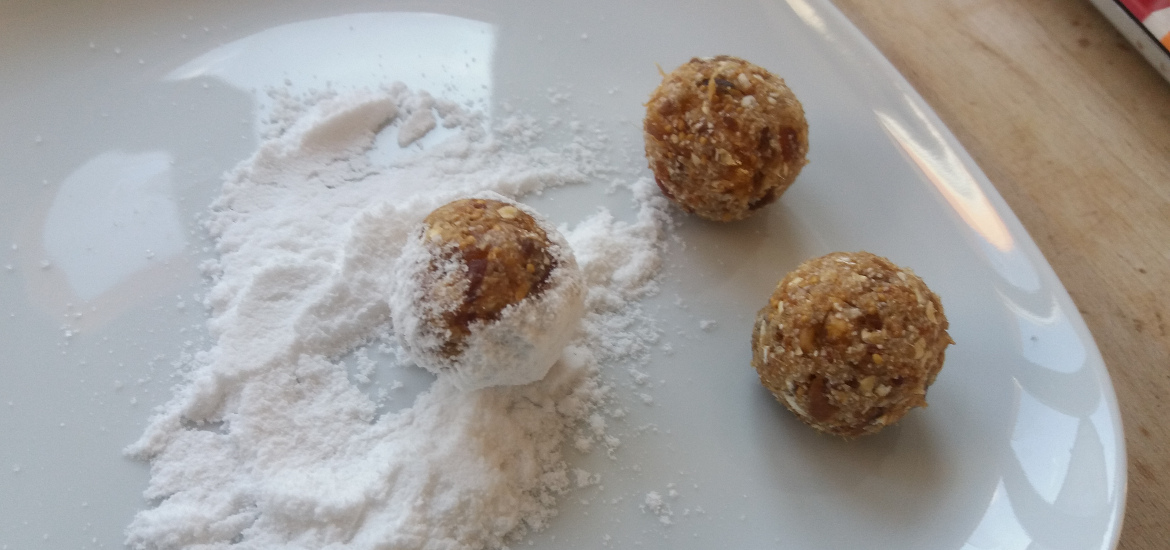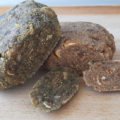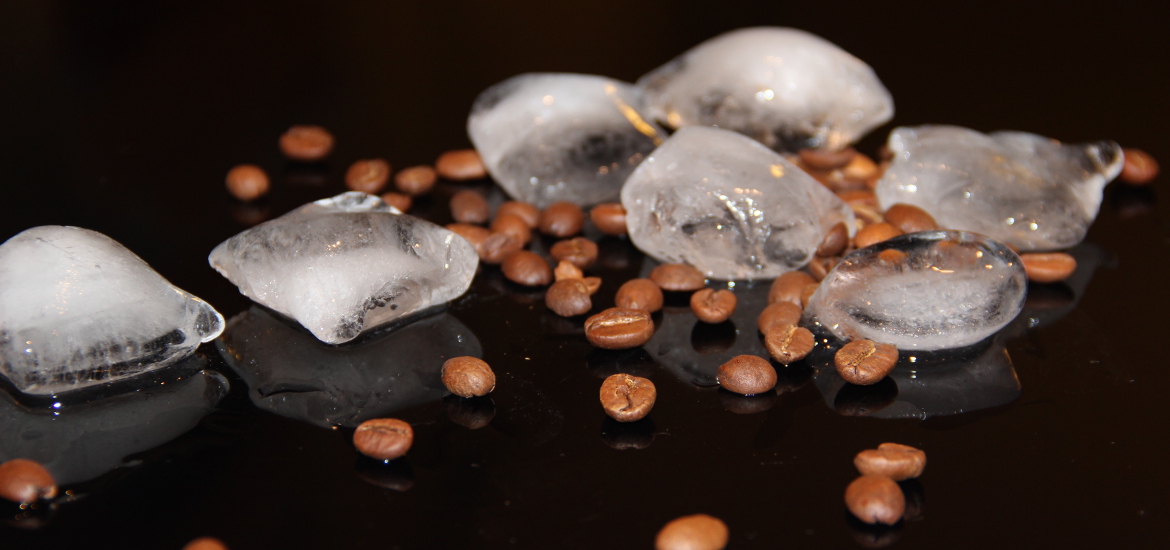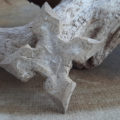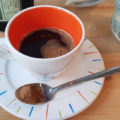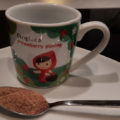Although my first attempt at Lembas was – in my opinion – a complete success, it had one major flaw: I made too little of it and there were constant complaints from the testers, that we should test more. So I decided to make another, improved version in greater quantities. Some other minor complaints in version 1.0 were that it did not look enough bread like, greater variety in taste was desired and some additional improvements are always a welcomed addition. The last point was my idea, which I got from Mayan “marching bread”. During the wars with the Spanish conquistadors the Mayan army could travel long distances in short time, despite their lack of horses. The secret was a mixture of corn flour and powdered cacao which provided energy, with added coca leaves which increased endurance of marching troops. My idea was similar – improving the lembas with invigorating substances – although I must admit that coca leaves were not considered as an option.
MAKING THE LEMBAS 2.0
Ingredients and amounts:
250 g dried figs
250 g dried dates
150 g wheat bran
75 g honey
8 g finely grounded arabica coffee
pinch of powdered cloves
The preparation was similar than in the version 1.0. You chop the dried fruit and mix it with bran and honey. I skipped the semolina and added the equivalent amount of bran in order to make recipe simpler and because I think that bran is superior to semolina in that it provides more micronutrients. Then you add grounded coffee start to kneading. As already mentioned, the process is really, really laborious – this is no ordinary dough – this is something much harder and requires real power in the arms (or a strong kitchenaid). When the mass is completely homogenous, you separated it into four parts and form small loaves for each part. If desired (I did this for one loaf) a pinch of powdered cloves is added and mixed/kneaded again. Finally the loaves are shaped into final form and criss crossed on the top, to have a really bread like look. The mass is much darker (due to the coffee) than lembas 1.0, which further reinforces the bread like feeling.
THE RESULT
The bread had a distinct coffee taste or, in the case of added cloves, a sharp tinge which reminded of christmas cookies. The tastes were definitely too strong and overpowering, but they lost their edge substantially on the next day.
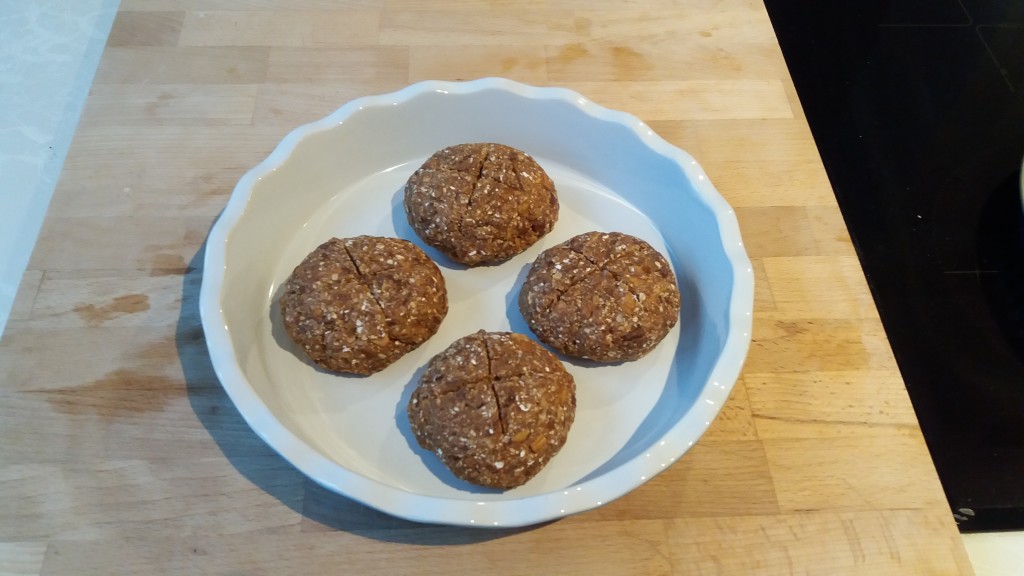
Now the taste was more even, with barely noticeable taste of cloves – reminding more on fairies and fairy tales than christmas. The coffee taste also lost its edge, the taste of coffee surfacing only as a pleasantly mild aftertaste. The changes are logical, since the tastes mixed after standing and really volatile substances, which are responsible for the sharp taste, have evaporated. On this point I have to mention that the added coffee serves more as and color and taste modifier, not really providing the energy boost (except psychologically). The amount of added coffee is equivalent to 1-2 cups of coffee according to the label claim and according to my calculation 1.5 coups – exactly in the middle, confirming the claim. So eating a whole loaf would be equivalent to maximum ½ of cup, but believe me, the bread is so satisfying that there are not many people who can eat a whole loaf.
All in all the breads were delicious, as all the testers agreed. This time around I had more material, so everyone could eat to its heart’s desire – and believe me, they did.
AGING OF LEMBAS
After almost a year and a half (a year and 5 months to be exact), I tested the remaining lembas. The loafs did not visually change, but they became rock hard. Lembas was stored in a dry, dark place which was more than sufficient to keep it preserved, but it did dry out. It was REALLY hard to cut, but not impossible (as seen in the picture below). However, the taste was unaffected – still good, tasting of dry fruit, honey, and coffee – overall really pleasant. It did take a couple of seconds to soften in the mounts, but if cut thin, this was practically unnoticeable. Overall – a great success.
I definitely did not stop here. I aged the Lembas some more – 3 years and seven months, to be exact. Surprisingly, it did not change a lot. Only little bit darker on the outside to be honest. Still really hard to cut but the taste was still good. I was really impressed!
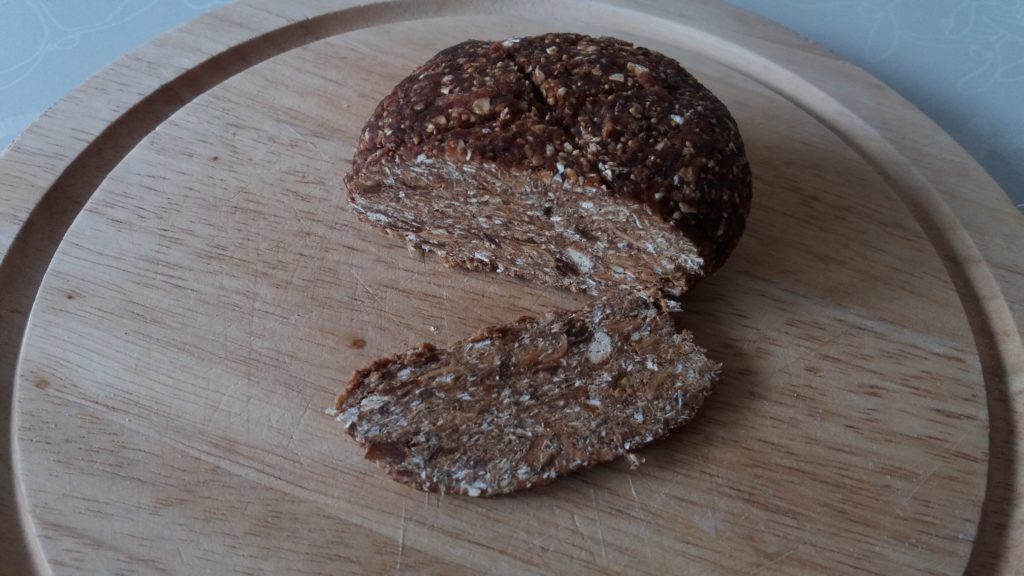
Image credit: Amazing Food
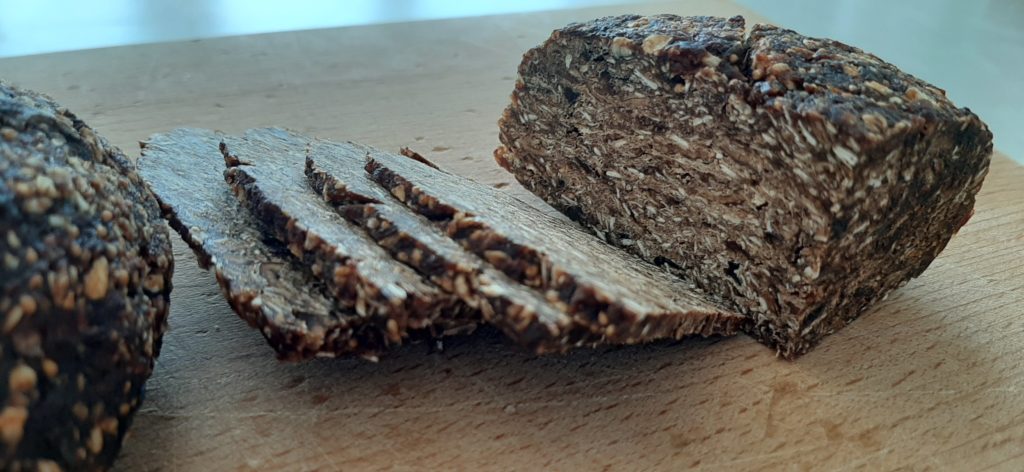
Well, it turned out that lembas is not immune to everything. After around 4 years our pantry was invaded by pantry moths. And since lembas was stored openly in the cupboard, it got its share of pantry moths. However, since it was so hard, the moths could only settle on the surface. So cutting away around 1 cm of lembas surface, the core was still intact. Just check the picture below. Now lembas is stored in a cotton bag, safe from further unpleasantries. But the most important thing remained – taste is still the same.
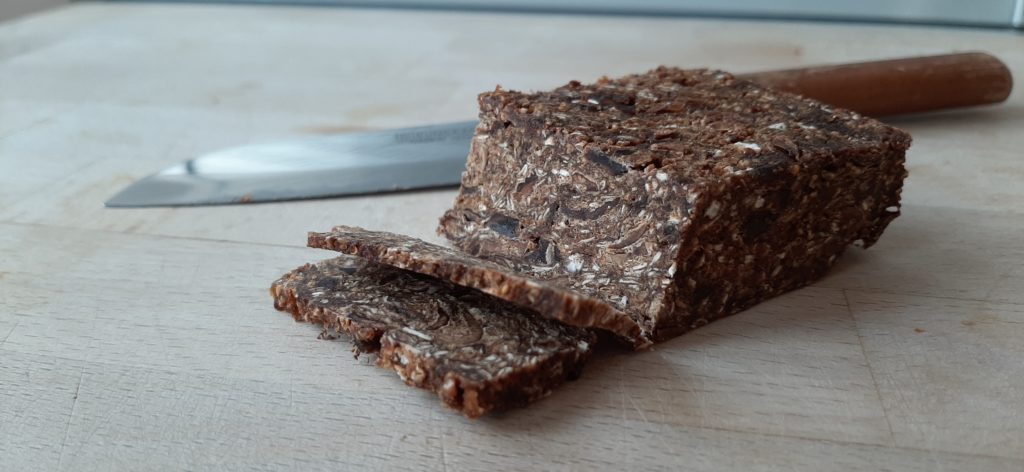
Unbelievably, after 8 years and 7 months (August 2024) the lembas was still intact. Safe from moth infestations, it did not change. A 3 mm slice could be relatively easily cut from the block and it tasted perfect. Not too hard, sweet and free from any strange tastes. I am truly interested in what will come first – will I run out of lembas or will the lembas spoil.
